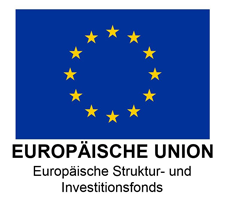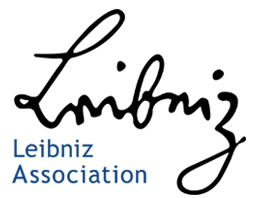Large Projects
In the following, we present some of our most important large projects.
WIR!-Projects
The INP has created two concepts for corresponding implementation projects with its partners as part of the WIR! tender. The concept CAMPFIRE (FKZ 03 WIR 2301 A) was developed together with the University of Applied Sciences Stralsund and the Institute for Climate Protection, Energy and Mobility. The Physics for Food concept (FKZ 03 WIR 2801 B) was conceived jointly with Neubrandenburg University of Applied Sciences.

With the project "Physics for Food" the structural change in the northeastern coastal outback region, which is characterized by traditional, long established agriculture and food industry, is shaped by means of innovative physical high technology.

BMBF-Projects
The Center for Innovation Competence (ZIK) plasmatis, launched in December 2009 and funded by the German Federal Ministry of Education and Research (BMBF), represents a unique combination of interdisciplinary basic research within the new research field of plasma medicine. Our center combines the expertise of biochemists, pharmacists, biologists and physicists.

The Center for Innovation Competence (ZIK) plasmatis, stands for a unique combination of interdisciplinary basic research within the new research field of plasma medicine. Our center combines the expertise of biochemists, pharmacists, biologists and physicists.

EU-Projects
In HiPowAR, a new membrane reactor for efficient energy production from ammonia is being developed. The project focuses on a breakthrough in the direct conversion of ammonia into energy. This will significantly advance the acceptance of ammonia as a synthetic fuel without CO2 emissions. The developed membrane reactor is based on a MIEC (Mixed Ionic Electronic Conductor) membrane and achieves higher efficiencies in energy conversion compared to combustion engines and steam generators.







































